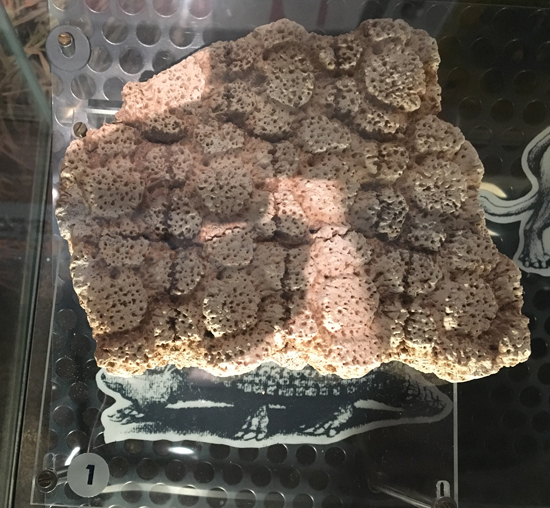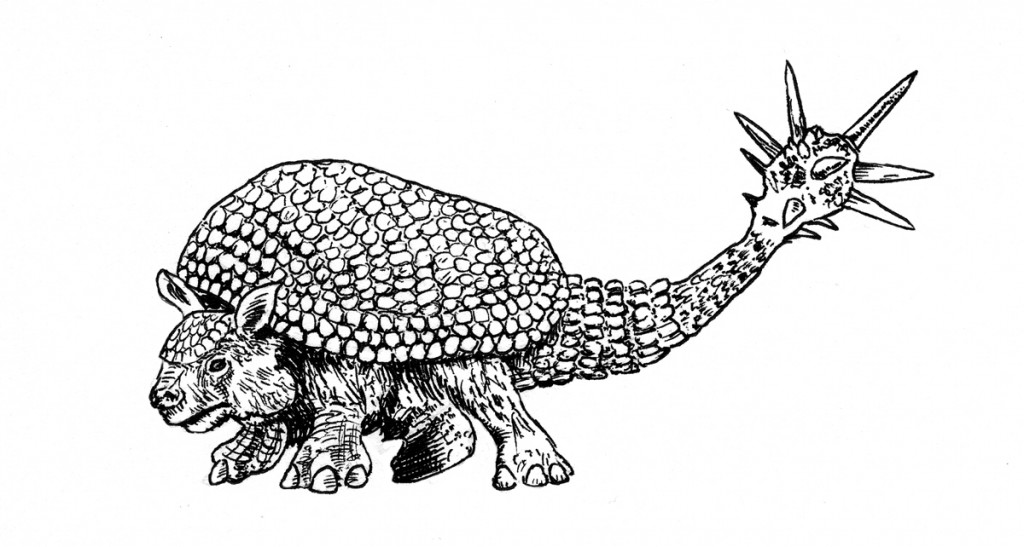The Amazing Scutes of a Glyptodont
Glyptodont Scutes
The bizarre xenarthrans are regarded as one of the most primitive types of placental mammals. Anteaters, sloths and armadillos are extant members of the Xenarthra, this group seemingly confined just to the Americas, is not closely related to any other type of placental mammal alive today. The earliest known fossil material dates from the Palaeocene of South America, but they could have originated in the Late Cretaceous. This group certainly originated in South America and only late in their evolutionary history when Central and North America became united with South America did some of them migrate northwards.
Whilst at the National Museum of Wales (Cardiff), one of our team members spotted a fossil from a xenarthran. A member of the armadillo branch, specifically the fossilised dermal scutes of a glyptodont.
Glyptodont Scutes on Display

Picture credit: Everything Dinosaur
Visit the Everything Dinosaur website: Everything Dinosaur.
Armoured Xenarthrans (Glyptodonts)
Superficially resembling giant armadillos, glyptodonts were covered in armour, consisting of a rigid shell of interlocking plates, often of a hexagonal (six-sided) shape. Some species of glyptodont had this armour on the top of their short, deep skulls but not all species had armoured heads. Some glyptodonts such as Doedicurus were giants, measuring over three metres in length and weighing more than a tonne. Some types of glyptodont possessed heavy, armoured tails (such as Doedicurus below), that could have been as a club in intraspecific combat or in defence against an attack from predators such as sabre-toothed cats or phorusrhacids (giant flightless birds).
An Illustration of the Giant Glyptodont Doedicurus

Picture credit: Everything Dinosaur
The picture (above) shows the Wild Safari Prehistoric World Glyptodon model.
To view this range of prehistoric animal figures: Wild Safari Prehistoric World Models.

